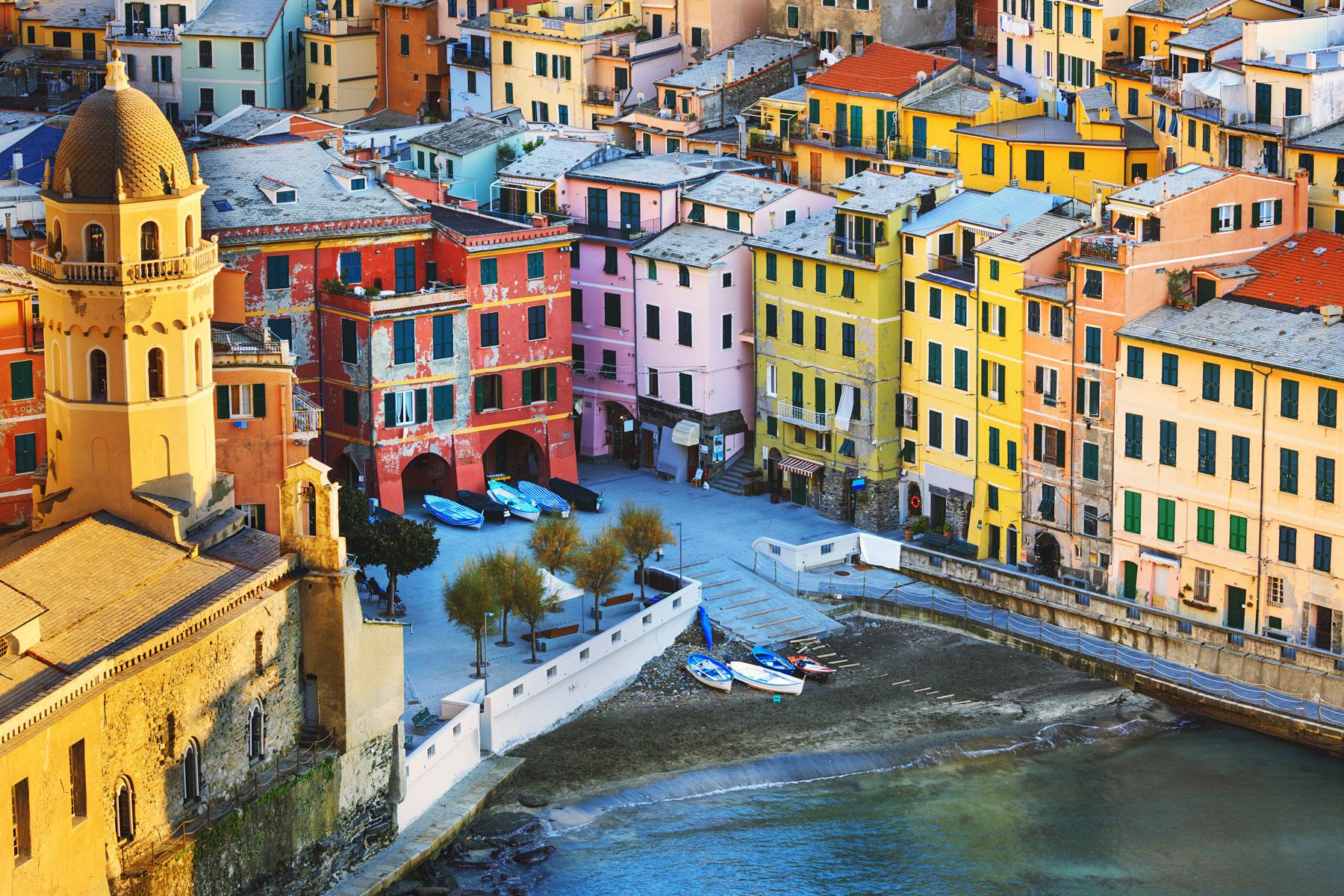We love to travel, but let’s face it…we don’t always love other travelers. As long as there’s been a beaten path, travelers have been trying to get off of it. You may think that Tuscany, with the myriad books, blogs, and movies set in this dreamy land, it is impossible to stray from tourist hordes. But I’m just back from a trip brimming with memories of silent meanderings through cypress trees, a peek at an ancient cloister in a stone village untouched by tourism, a ham-tasting workshop, and a visit to a contrada headquarters in Siena—all minus the pesky busloads of tourists. This road-less-traveled starts in Siena…
Note: This itinerary is perfect for the traveler who’s done Tuscany’s main sites before and is looking for la dolce vita without the tourists. These suggestions would also make the perfect addition to a trip that begins in Florence and ends in Siena.
Your Italian Estate
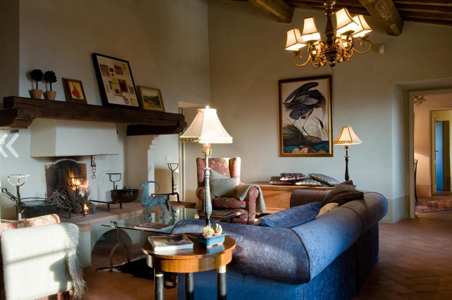
The Montestigliano estate, just 15 minutes from Siena is a waking daydream. Hundreds of acres encompass olive groves, solemn cypress trees, and vistas to inspire the artist inside you. For luxury all the way (private chef, infinity pool, and modern comforts) go with friends and splurge on Villa Pipistrelli, one of the villa options at Montestigliano. You’d never know this was a stable at one time.
The fattoria (Italian for the manager’s home) offers a more rustic abode for larger groups, and eight other options dot the hills of the estate. Whichever you choosr, you’re in good hands with the unflappable Francesco, who takes care of the place. (Just try to stump him—he’s known for rustling up a helicopter for a guest who needed to make a daytrip to Venice). He can arrange all of my suggestions below.
Recommended Fodor’s Video
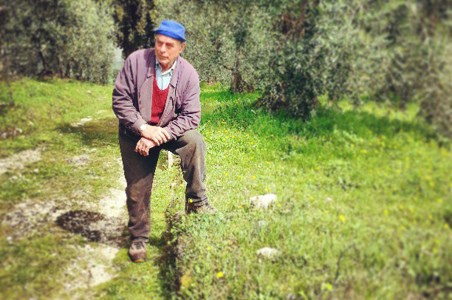
Start with a tour of the olive groves to learn about the centuries-old tradition. You may get a chance to meet 70-year-old Dino, who has no plans to retire soon. A guided olive oil tasting will teach you the intricacies of what olive oil judges (yes, these tasting panels are serious stuff) are looking for. Once a week guests across the estate join up for a gathering—maybe a pizza party, maybe a pig roast—that makes you feel like you’ve discovered a long-lost Italian family. Burn off the abundance of food with long strolls around the grounds. A hand-drawn map will help you get oriented, and don’t forget it, as the place is big enough to get lost in. My favorite: Cypress Avenue.
Get Hands-On
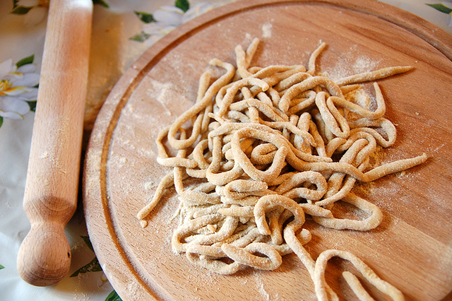
Learn how to make the local pasta specialty, pici, with a lesson at La Bottega di Stigliano in the quiet village a 20 minute stroll from the estate. You’ll come away as confident as an Italian grandma in your pasta-making skills after rolling out this simple but delicious whole wheat pasta. Save some room in your suitcase for shopping at the bottega. This co-op features locally raised or foraged products (including an array of truffled goodies).
Farm-to-Taste Test
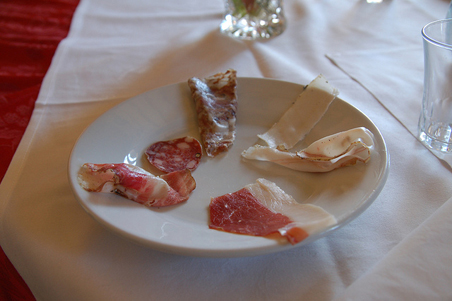
Just up the road from Stigliano, you’ll find Spannochia perched on a hill under a protective medieval tower. Among other things on this farm you’ll find a thriving operation in raising the heritage pig breed Cinta Senese. Ever had Iberico ham? Here’s the cousin nobody is talking about yet. These fat, happy pigs were brought back from near-extinction in the last 20 years. Named for their distinctive white stripe, these pigs roam pasture and wood, feasting on acorns and growing slowly enough to allow intramuscular fat to develop. Watch the little ones trotting after their rotund moms before heading down to the villa for a tasting workshop. You’ll learn about the various salumis and taste each (oh, the lardo!), washed down with wine from the estate. The prosciutto, they’ll tell you, takes five years from conception of the pig, fattening, slaughter, and aging till consumption. Capocollo, a fennel-spiced ham from the neck muscle, was a favorite among my group.
A Sleepy Stone Village
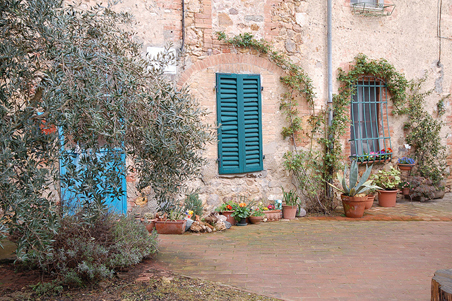
If you live for photography—even if you don’t—the tiny medieval village of Torri a couple kilometers from Montestigliano seems purpose-built for your lens. Free of any tourists when we visited, the silent stone town was straight out of a magazine shoot with its winding lanes, flowers pots, and views of Siena’s bristly medieval skyline in the distance. For a real treat, visit the cloister of the Romanesque-Gothic Abbey of Santa Mustiola. It’s a time capsule with three distinct levels of archways built over the 13th and 14th centuries.
Step Inside a Contrada
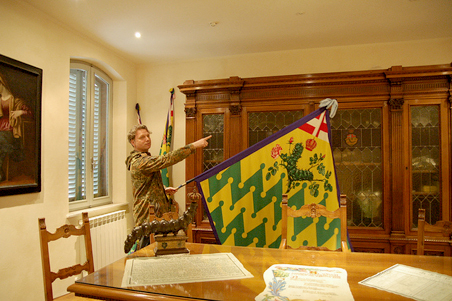
Many know about the palio, the raucous horse race held twice each summer in Siena’s main square. But the fascinating backstory is found in the contradas, the districts of the city where members’ loyalty make United States college basketball fans look like casual onlookers. These secretive societies don’t exactly open their doors to curious visitors. But writer Dario Castagno has special permission to take visitors inside his contrada, the Caterpillar.
With Dario you’ll learn the intriguing and often bizarre history of the palio’s traditions, inspect the jockey’s uniforms, and maybe even wave the flag before getting to take a look at the hall of victories where the palios hang. The palio, you see, refers to the painted fabric prize awarded to the winner. (No jockey needed, by the way. As long as the horses’ colors remain in place, whichever contrada’s steed crosses the line first wins, with or without rider.)
Photo credits: Villa Pipistrelli courtesy of Villa Pipistrelli. All other photos courtesy of Dana McMahan


